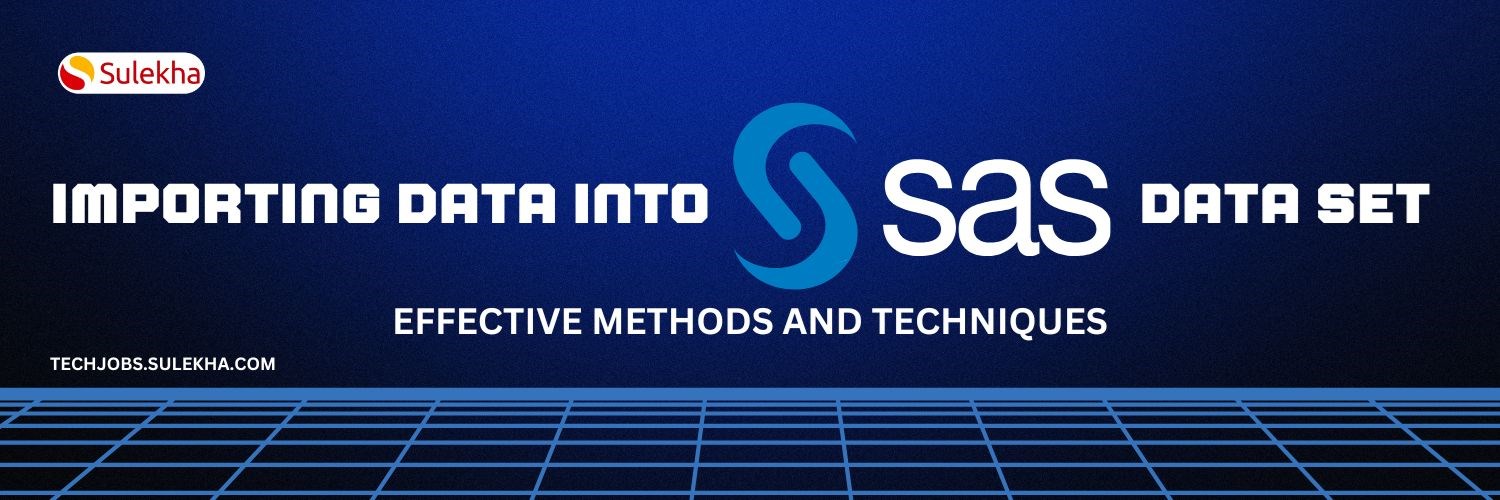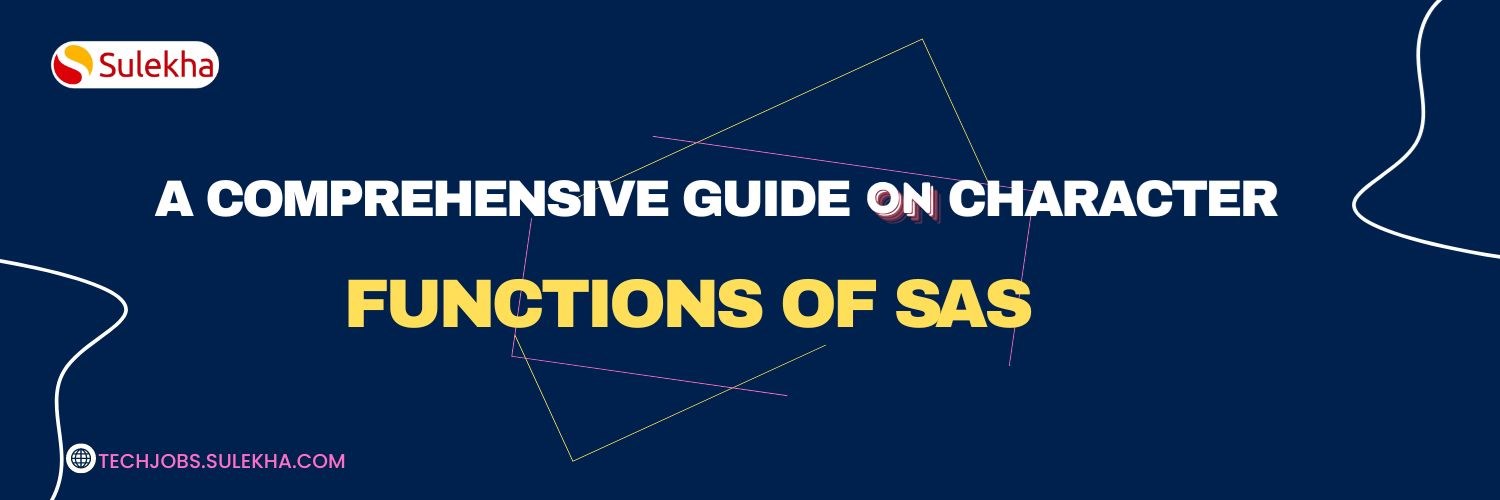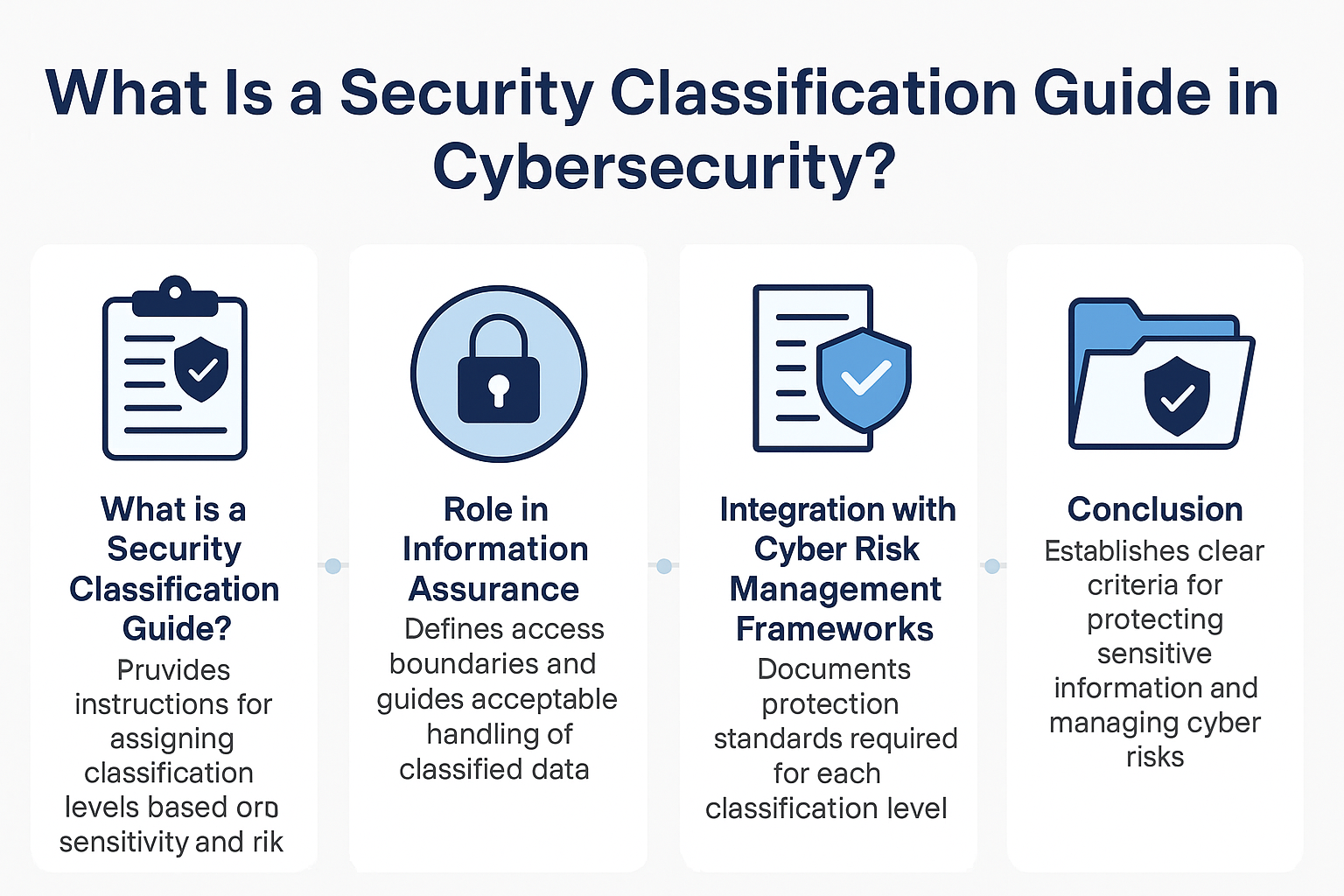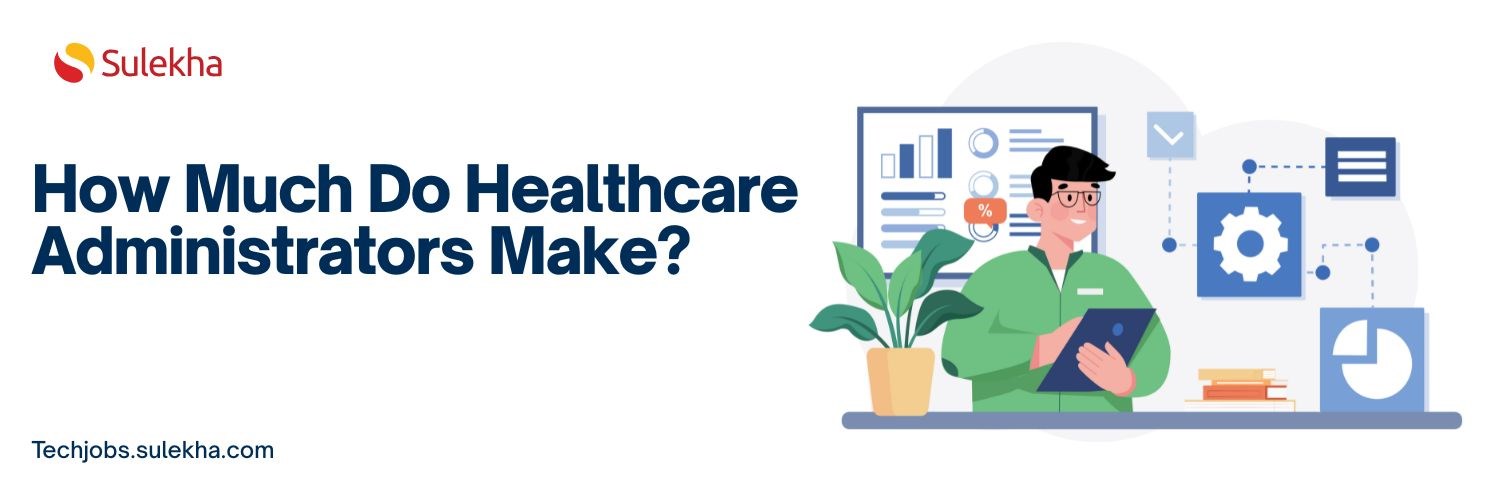
"Reading Data into a SAS Data Set" is a crucial step in data analysis and management using SAS (Statistical Analysis System). It is essential because it forms the foundation of any data-driven project. Accurate and comprehensive data input ensures that the subsequent analyses, modeling, and reporting are based on high-quality, reliable information. This step involves not only importing data but also performing necessary data cleaning, transformation, and validation processes, which are vital for ensuring data integrity. It allows users to work with structured data efficiently, perform statistical analyses, generate meaningful insights, and make informed decisions. For learning more about the SAS core concepts and features, you can join SAS Training and certification.
In essence, reading data into a SAS Data Set is pivotal in producing trustworthy and actionable results in various fields such as healthcare, finance, marketing, and more.
In the previous blog, we discussed comprehensive guide to SAS functions, now we shall discuss how to Import Data into a SAS Data Set: Effective Methods and Techniques.
Methods for Reading Data into SAS Data Sets
There are several methods for reading data into a SAS Data Set. The choice of method depends on the source of your data and your specific requirements:
1. PROC IMPORT: This is a user-friendly procedure that can read data from various file formats, such as Excel, CSV, or text files, and automatically create a SAS Data Set.
2. DATA Step Programming: For more control over the data reading process, you can use DATA step programming. This method allows you to specify data manipulation steps and apply conditional logic during data import.
3. LIBNAME Statement: If you're working with databases, you can use the LIBNAME statement to establish a connection to the database and read data directly into a SAS Data Set.
Best Practices for Data Reading in SAS
To ensure that your data reading process is efficient and accurate, consider these best practices:
1. Data Exploration: Before reading data into SAS, take the time to explore your data. Understand its structure, identify potential issues, and plan for necessary data transformations.
2. Data Validation: Implement data validation checks to catch and handle errors during the reading process. This includes checking for missing values, data type mismatches, and data range outliers.
3. Documentation: Maintain clear and thorough documentation of your data reading process. Include information about data sources, reading methods, and any data transformations applied.
4. Error Handling: Develop error-handling procedures to manage unexpected issues during data import gracefully. This helps prevent data import failures from derailing your analysis.
Questions we need to ask ourselves before creating a dataset
1. Where our data reside?
Are streaming data embedded within the SAS program?
Are they saved in a raw data file detached from your SAS program?
Are they already included in another SAS data set?
2) The format of the data:
· Are the data values arranged in columns so that column input can be used to read them?
· Is there at least one blank space between the data values so that they can be read using list input?
· Do the data values have special characters that require them to be read using structured input?
3) The kind of SAS data set that you want to create
Do you intend to create a permanent or a temporary SAS data set? If you want to create a permanent dataset, keep it in a permanent Library.
Overall, reading data into a SAS data set involves defining the input file, variables, and their attributes and then using the appropriate SAS statements or procedures to read the data and create a data set. This process is crucial for further analysis and manipulation of the data using SAS.
Find a course provider to learn SAS
Java training | J2EE training | J2EE Jboss training | Apache JMeter trainingTake the next step towards your professional goals in SAS
Don't hesitate to talk with our course advisor right now
Receive a call
Contact NowMake a call
+1-732-338-7323Enroll for the next batch
SAS Course Online Training
- Nov 14 2025
- Online
SAS Certification Course
- Nov 17 2025
- Online
SAS Certification Course
- Nov 18 2025
- Online
SAS Certification Course
- Nov 19 2025
- Online
SAS Course Online Training
- Nov 20 2025
- Online
Related blogs on SAS to learn more

SAS Character Functions Demystified: A Comprehensive Guide
Master the power of SAS character functions and learn how to streamline your data processing tasks.

A Comprehensive Guide on Character Functions of SAS
Now we shall discuss a Comprehensive Guide on Character Functions of SAS in detail.

From Data to Graphs: Harnessing SAS/GRAPH for Effective Analysis
Learn how to effectively analyze and present your data with this comprehensive guide to SAS/GRAPH.

Introduction to SAS/Library
In this blog, we shall discuss introduction to SAS and its library in detail

Comprehensive Guide to SAS Functions
Learn how to leverage SAS functions to streamline your data analysis and understand the features of SAS functions.

INTRODUCTION TO SAS
We have discussed What is SAS, variables in SAS, six attributes of SAS stores and many other unique concepts of SAS.

SAS to help British Forces to hunt down Nazi Criminals!
As the SAS empowers the professionals to accomplish various success, it has also revealed it’s to open the secrets and postwar exploits helping the government to hunt down the Nazi crime people.

SAS Factory Miner will take your business analysis to next level!
SAS gained significant reach across the globe by providing a reliable platform for advanced statistical analytics. As the more and more organizations grow their need to acquire analytical software, SAS skills

Welcome SAS Factory Miner which takes your business analysis to next level!
SAS gained significant reach across the globe by providing a reliable platform for advanced statistical analytics. As the more and more organizations grow their need to acquire analytical software, SAS

SAS unveils Viya, destined to be the foundation of future products
The ability to analyze, manage and modify data from multiple types of sources makes SAS an unique and popular data analytic software suite in the world. The software suite already become friendly with the non-technical users with its GUI (Graphical U
Latest blogs on technology to explore

Cyber Security in 2025: The Golden Ticket to a Future-Proof Career
Cyber security jobs are growing 35% faster than any other tech field (U.S. Bureau of Labor Statistics, 2024)—and the average salary is $100,000+ per year! In a world where data breaches cost businesses $4.45 million on average (IBM, 2024), cyber secu

SAP SD in 2025: Your Ticket to a High-Flying IT Career
In the fast-paced world of IT and enterprise software, SAP SD (Sales and Distribution) is the secret sauce that keeps businesses running smoothly. Whether it’s managing customer orders, pricing, shipping, or billing, SAP SD is the backbone of sales o

SAP FICO in 2025: Salary, Jobs & How to Get Certified
AP FICO professionals earn $90,000–$130,000/year in the USA and Canada—and demand is skyrocketing! If you’re eyeing a future-proof IT career, SAP FICO (Financial Accounting & Controlling) is your golden ticket. But where do you start? Sulekha IT Serv

Train Like an AI Engineer: The Smartest Career Move You’ll Make This Year!
Why AI Engineering Is the Hottest Skillset Right Now From self-driving cars to chatbots that sound eerily human, Artificial Intelligence is no longer science fiction — it’s the backbone of modern tech. And guess what? Companies across the USA and Can

Confidence Intervals & Hypothesis Tests: The Data Science Path to Generalization
Learn how confidence intervals and hypothesis tests turn sample data into reliable population insights in data science. Understand CLT, p-values, and significance to generalize results, quantify uncertainty, and make evidence-based decisions.

What Is a Security Classification Guide in Cybersecurity?
A Security Classification Guide (SCG) defines how to categorize information assets by sensitivity, with clear instructions from authorized officials to ensure consistent, compliant data handling.

Artificial Intelligence – Field of Study
Explore how Artificial Intelligence blends Machine Learning, Deep Learning, NLP, and Computer Vision to build intelligent systems that learn, reason, and decide. Discover real world applications, ethics, and booming career scope as AI education deman

Understanding Artificial Intelligence: Hype, Reality, and the Road Ahead
Explore the reality of Artificial Intelligence (AI) — its impact, how it works, and its potential risks. Understand AI's benefits, challenges, and how to navigate its role in shaping industries and everyday life with expert training programs

How Much Do Healthcare Administrators Make?
Discover how much healthcare administrators make, the importance of healthcare, career opportunities, and potential job roles. Learn about salary ranges, career growth, and training programs with Sulekha to kickstart your healthcare administration jo

How to Gain the High-Income Skills Employers Are Looking For?
Discover top high-income skills like software development, data analysis, AI, and project management that employers seek. Learn key skills and growth opportunities to boost your career.